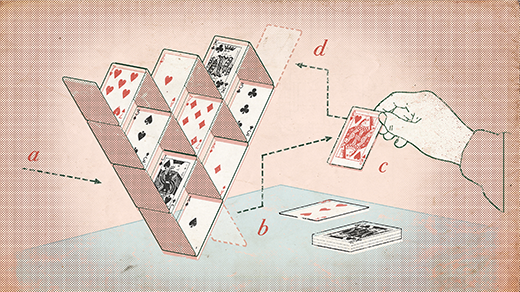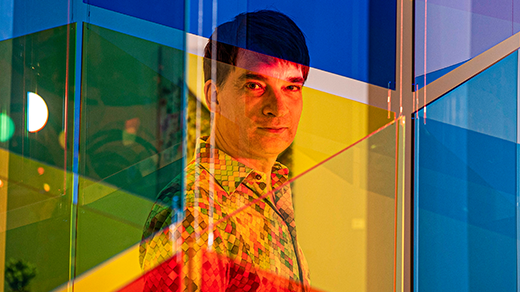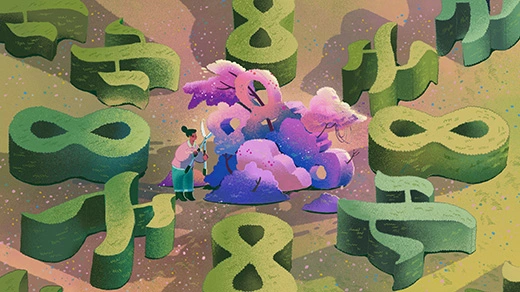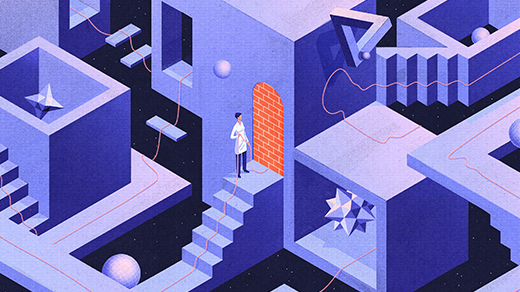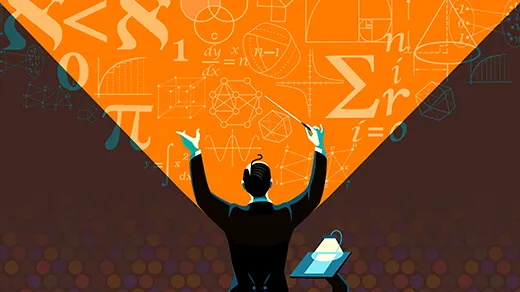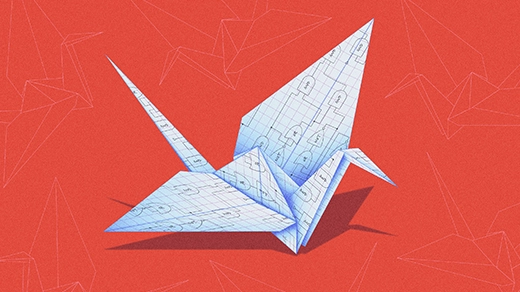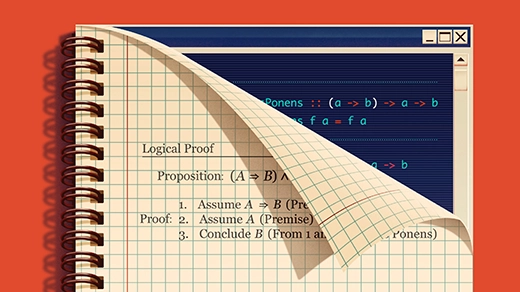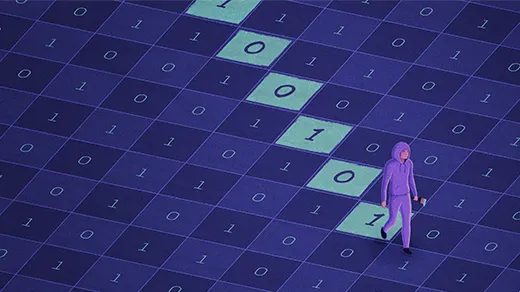What's up in
Logic
Latest Articles
‘Reverse Mathematics’ Illuminates Why Hard Problems Are Hard
Researchers have used metamathematical techniques to show that certain theorems that look superficially distinct are in fact logically equivalent.
A New Bridge Links the Strange Math of Infinity to Computer Science
Descriptive set theorists study the niche mathematics of infinity. Now, they’ve shown that their problems can be rewritten in the concrete language of algorithms.
To Have Machines Make Math Proofs, Turn Them Into a Puzzle
Marijn Heule turns mathematical statements into something like Sudoku puzzles, then has computers go to work on them. His proofs have been called “disgusting,” but they go beyond what any human can do.
Is Mathematics Mostly Chaos or Mostly Order?
Two new notions of infinity challenge a long-standing plan to define the mathematical universe.
New Proofs Probe the Limits of Mathematical Truth
By proving a broader version of Hilbert’s famous 10th problem, two groups of mathematicians have expanded the realm of mathematical unknowability.
What Makes for ‘Good’ Mathematics?
Terence Tao, who has been called the “Mozart of Mathematics,” wrote an essay in 2007 about the common ingredients in “good” mathematical research. In this episode, the Fields Medalist joins Steven Strogatz to revisit the topic.
How to Build an Origami Computer
Two mathematicians have shown that origami can, in principle, be used to perform any possible computation.
The Deep Link Equating Math Proofs and Computer Programs
Mathematical logic and the code of computer programs are, in an exact way, mirror images of each other.
Alan Turing and the Power of Negative Thinking
Mathematical proofs based on a technique called diagonalization can be relentlessly contrarian, but they help reveal the limits of algorithms.
